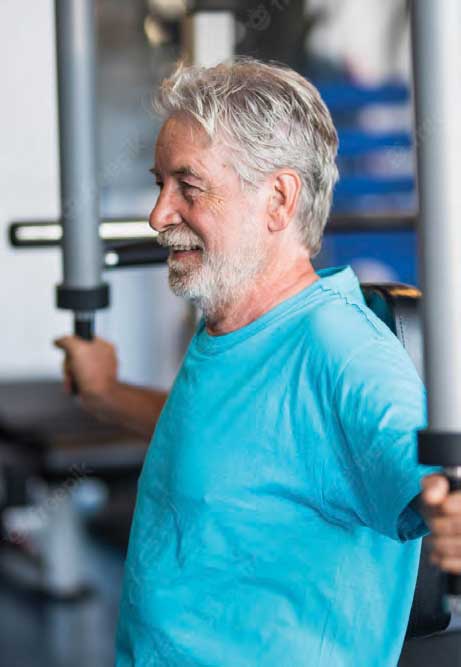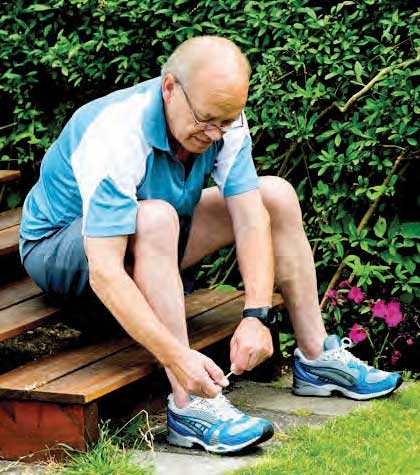
Are you tired of feeling tired? Does your fatigue rule your daily activities? Do you want to be more active? Years ago the philosophy of growing old was to retire, rest, and take it easy. Today’s way of life for retired folks is stay busy, enjoy your hobbies, and keep moving. Most Kirby Pines residents’ appointment books stay booked up. I would much rather hear someone say, “Sorry I won’t make exercise class today: I have too much to do.” Rather than I’m too tired to do anything.” Here are some great tips to boost your energy level and restore that happy, vibrant feeling.
When we try to relieve stress, we often turn to “comfort” foods and a plan to get away from it all. Some of our choices which actually steal away our energy are:
- Television often over stimulates our minds like choosing a channel, raises our stress and emotion levels and watching hours at a time makes us feel sluggish and stiff.
- Highly caffeinated beverages may give us a sudden burst of energy, but that soon wears away leaving us in a down mood and it may interfere with a good night’s sleep which causes even more fatigue.
- Fatty and fried foods and sugary snacks also give us that quick energy but can cause a sudden drop in blood sugar bringing on that sinking feeling.
Try some of these helpful ideas the next time you feel a little drained.

- Check your posture. Slumping makes your muscles work harder than sitting up right.
- Make time for quiet time. Prayer and meditation relaxes your body, slows breathing, lowers blood pressure, and relieves worry.
- Drink a glass of cold water. Dehydration is a major cause of fatigue. Try to get in 8 glasses daily. Water also improves digestion, helps control obesity, and helps kidney function.
- Be positive with yourself. Speak to yourself with encouragement, not criticism. “It’s a new day!” “ Take ‘quit’ out of your vocabulary”.
- Wear red. A brightly colored scarf or shirt can improve your mood and alertness.
- Listen to good music. Irish folk music with fiddles and accordions invigorates me.
- Laugh out Loud (LOL). A good chuckle, giggle, or side-busting guffaw reduces stress, lowers blood pressure, and raises endorphins, our body’s natural painkiller. Read the comics,watch an Andy Griffith rerun, or connect with someone who shares your sense of humor.
- Get enough sleep.
- Pop a peppermint in your mouth. The scent of peppermint can decrease fatigue by up to 25 percent.
- Exercise and Stretch every day, several times each day.
Step away from the TV and fatty, sugary foods and step up your energy level with some of the many opportunities Kirby Pines has to offer. Join a card group or play bingo. Sign up for a Bible study. Join some of the exercise classes which are available Monday through Friday to help with stretching, cardio, exercise and strengthening. And remember, the Oasis exercise room never closes.


















 © 2025 Kirby Pines LifeCare Community. All Rights Reserved |
© 2025 Kirby Pines LifeCare Community. All Rights Reserved | 